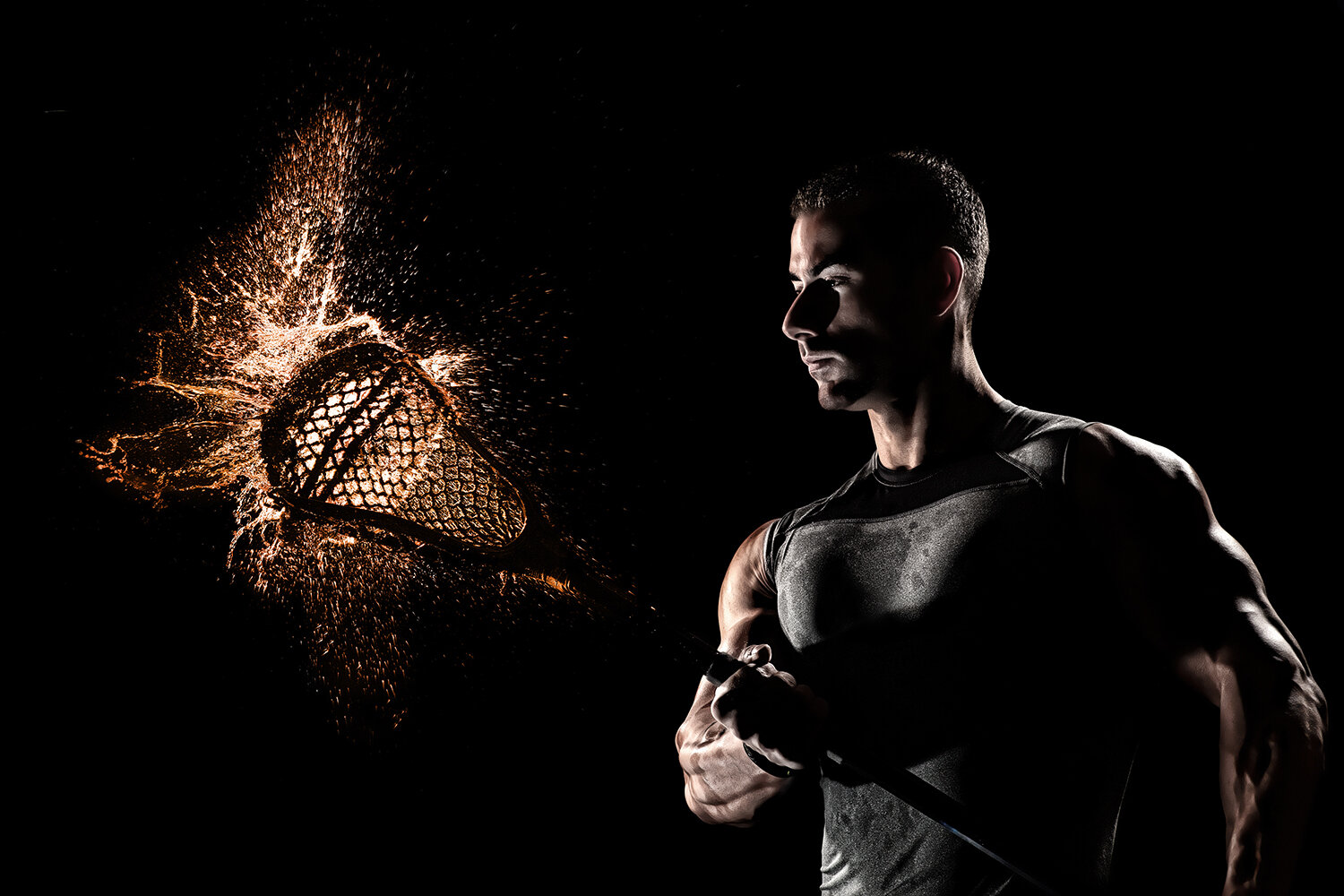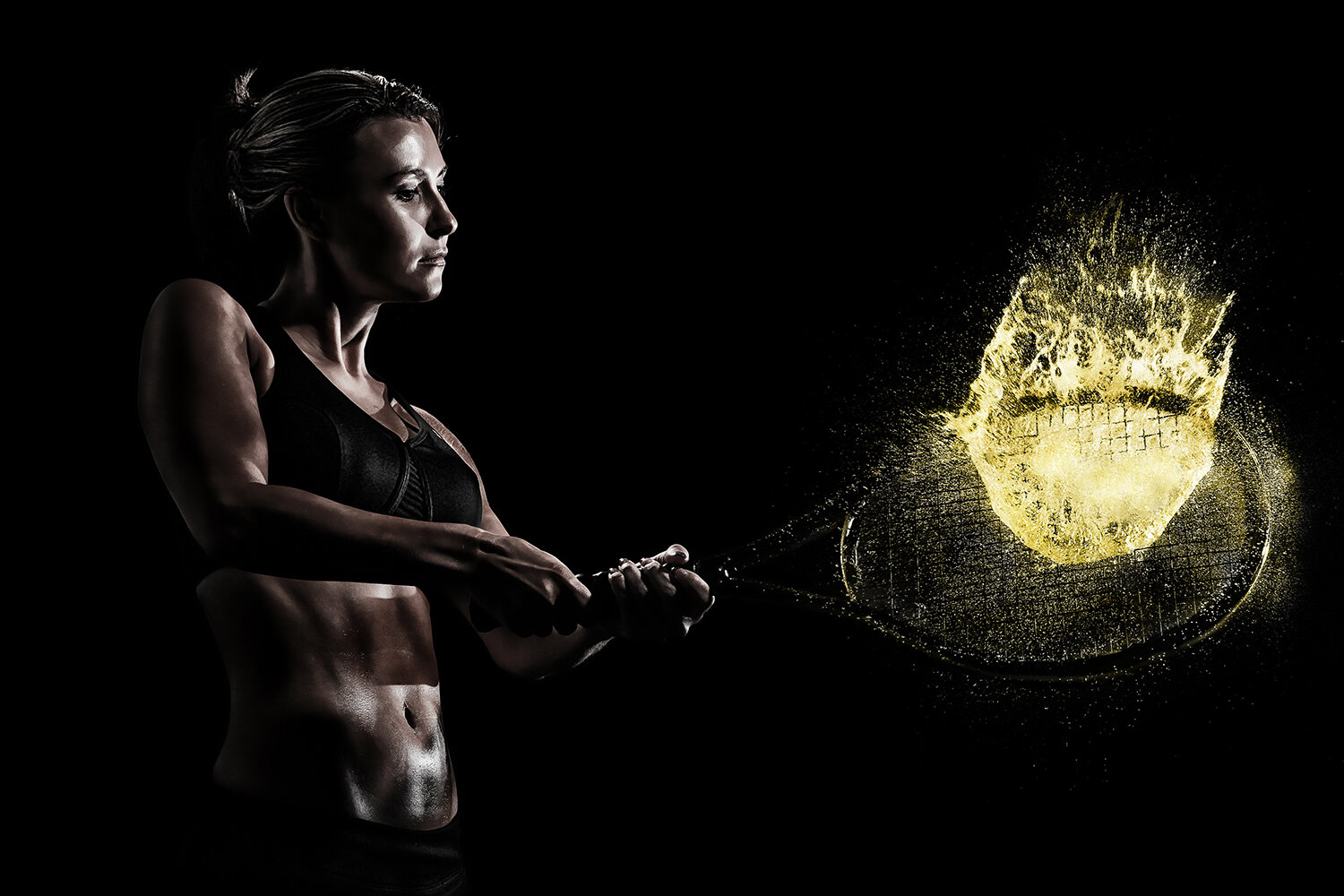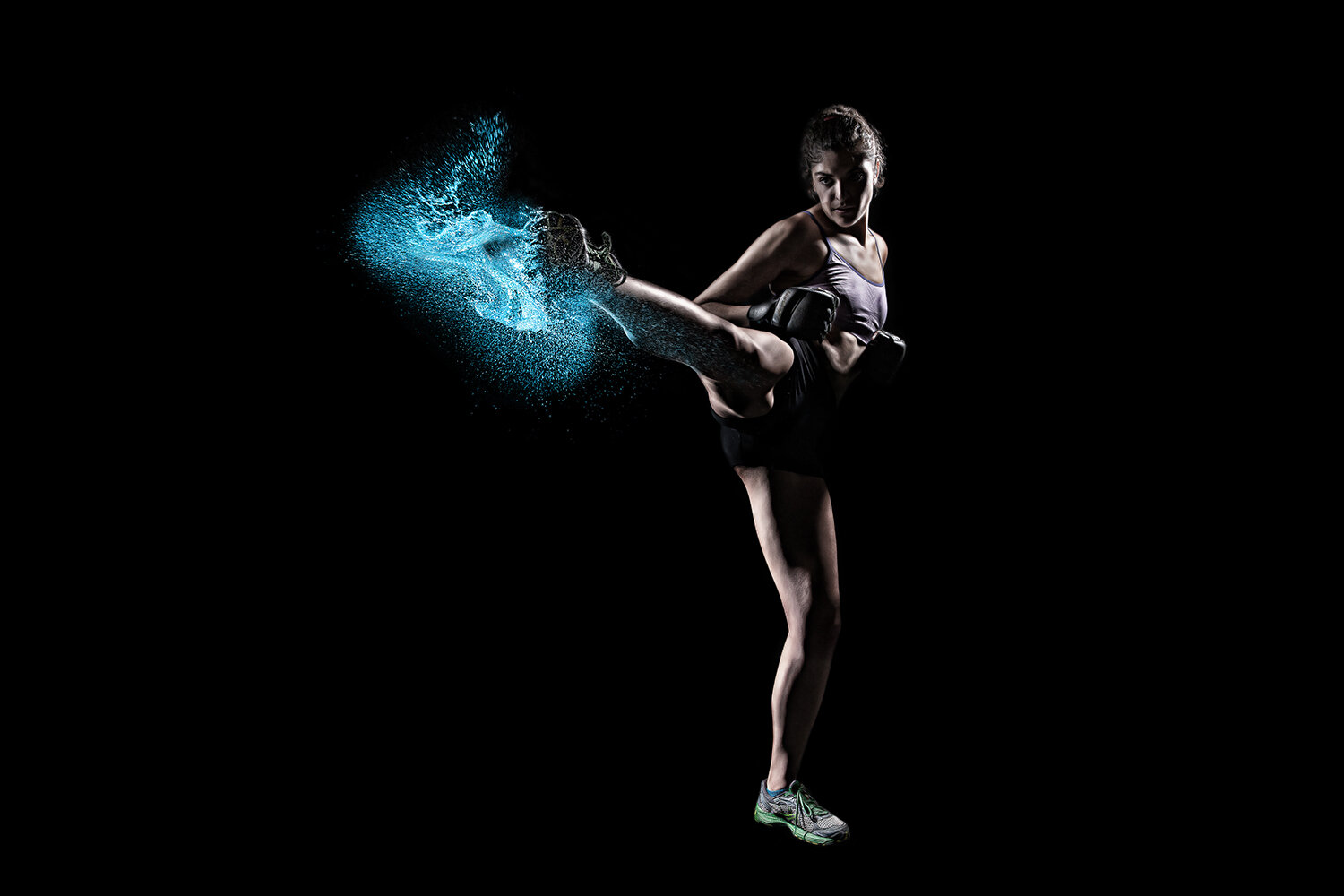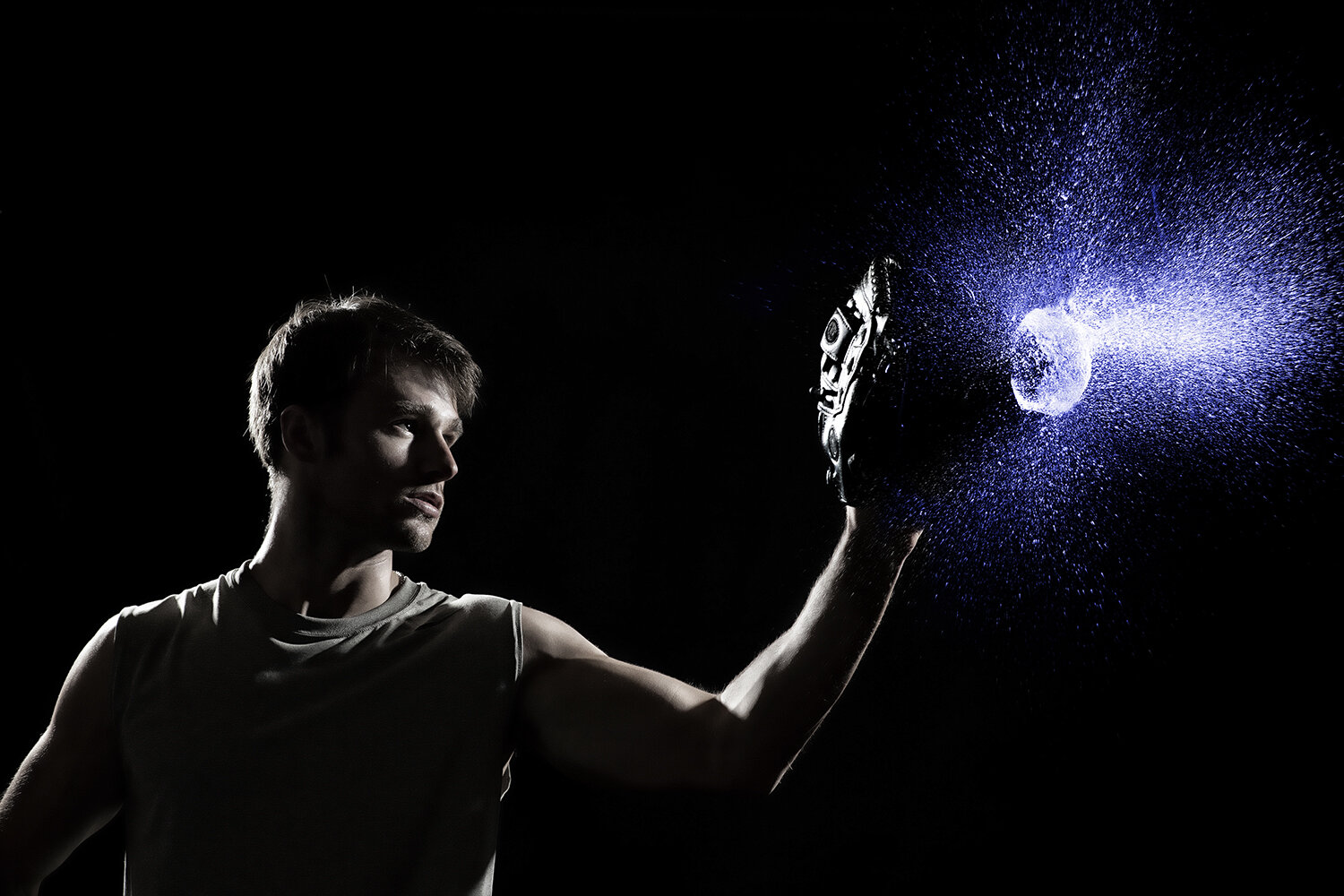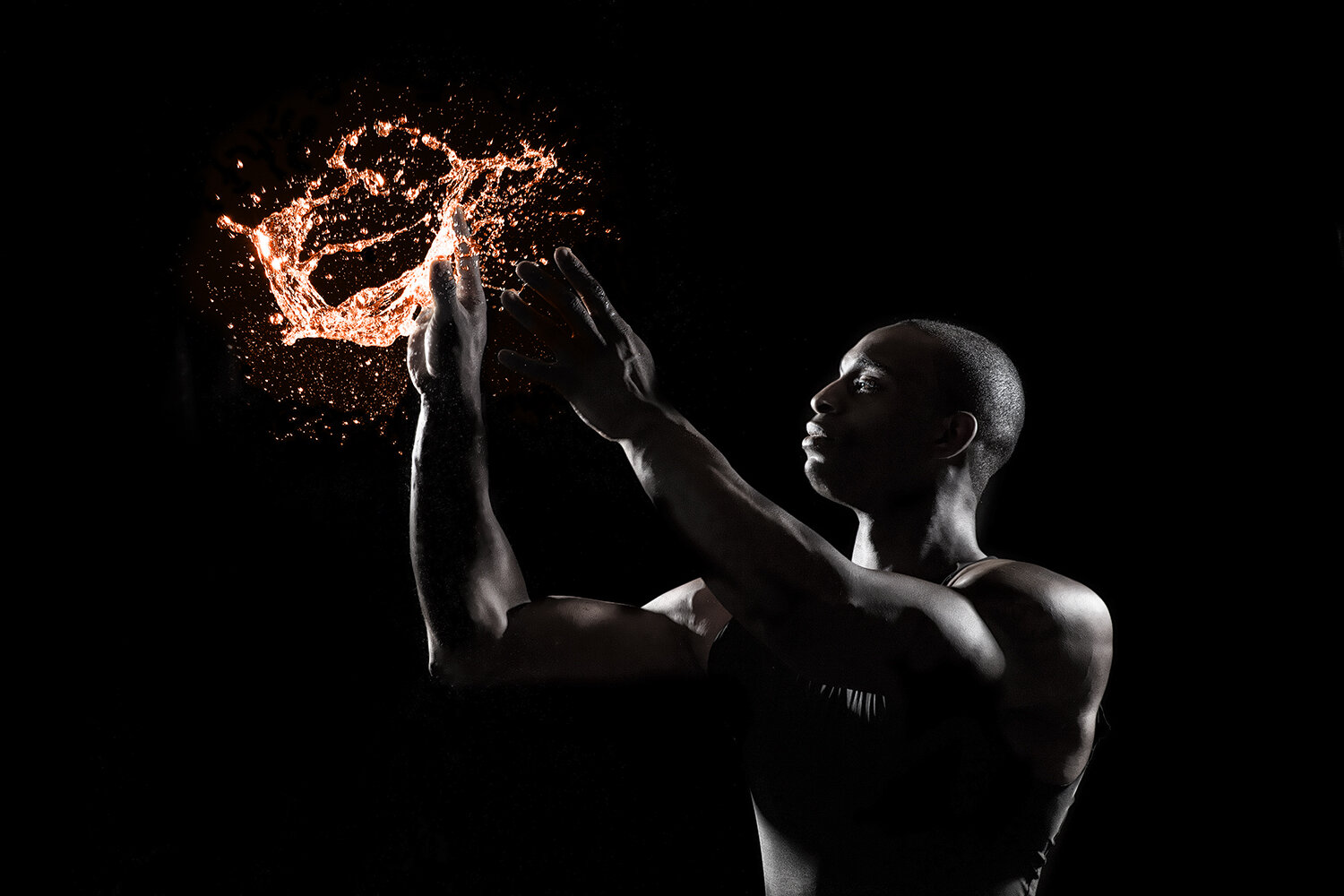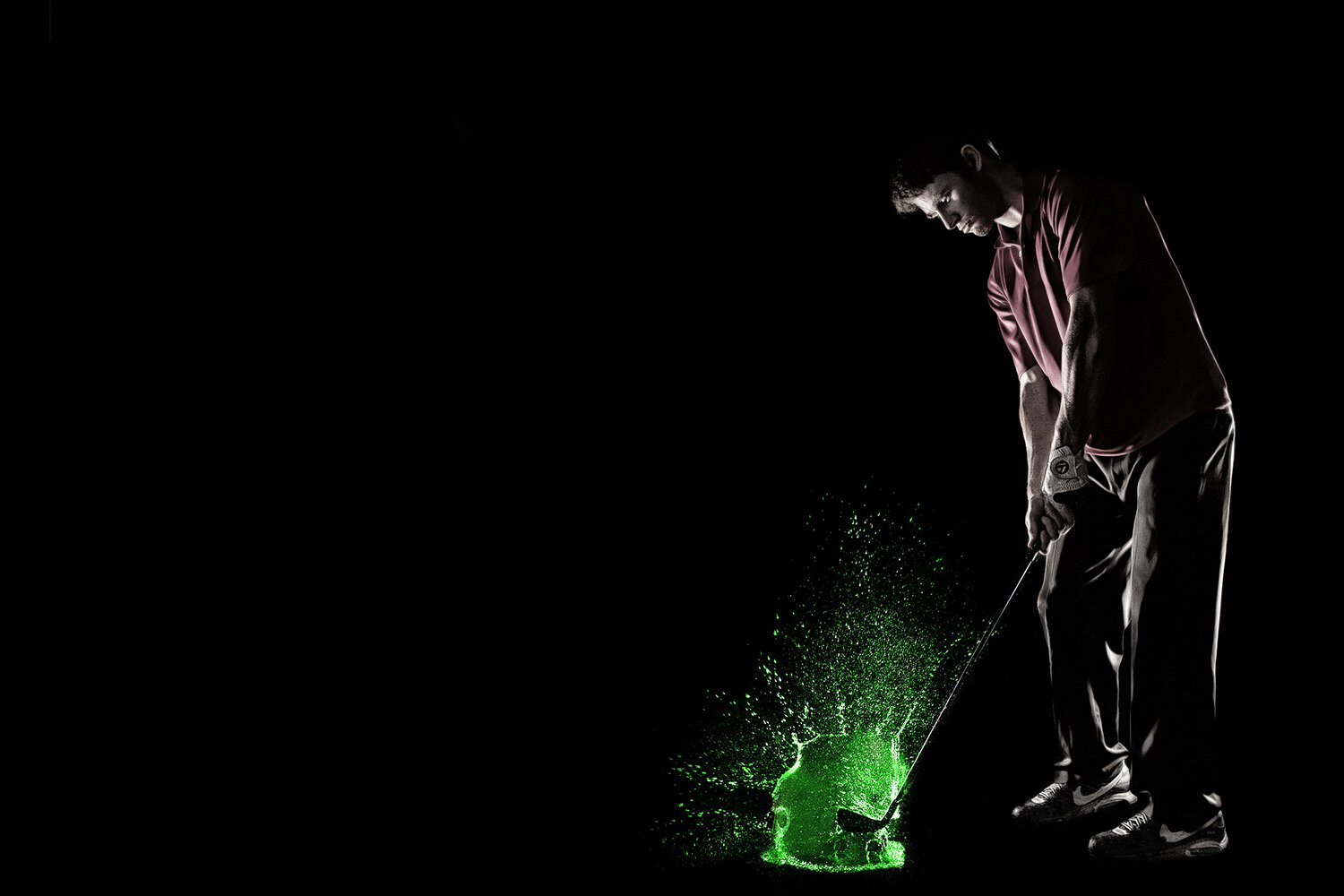Check out Part Two of my series of featured articles on The Profoto Blog! You can catch up on Part One here, and read Part Three here.
Joe Morahan’s Colorful Splashes, Part II
Written by Joe Morahan on Tuesday, September 24th, 2013. Originally posted on The Profoto Blog.
Two weeks ago, we published the first part of the story of Joe Morahan’s colorful splashes, in which Joe talked about his inspiration for the shoot and how it came to be. This is the second part, in which he gets down to the nitty-gritty details, in case you are crazy enough to try this at home. Here is the full story in Joe’s own words:
I’m no stranger to freezing motion. I majored in industrial/scientific photography at Brooks Institute. I’ve captured tons of speeding bullets and exploding objects using high-speed cameras and triggering devices. The great thing about photographing speeding bullets is that they’re fired using precision mechanics, making them incredibly consistent. It’s all about known factors, and getting your calculations right. Once you know the speed of the bullet, the time it takes to reach an object, and when to fire your flash and camera to capture just the right moment of impact, you can capture an almost identical image each time. Not so with a human subject!
Unlike a bullet with a consistent speed and trajectory, human beings have free will. They can choose to move in a million different directions, in a million different ways. Coordinating the movement of my model with the explosion of the water balloon created quite the math headache! No matter how hard the models tried to stay consistent in their movement and speed, the timing would differ in each take.
So how did we manage to get consistent enough results to create a whole series? Was it stubbornness? Insanity? It helps that I have a slightly obsessive attention to detail. With a lot of pre-production planning, a few on-set adjustments and a little bit of luck, I was able to capture the dynamic images in this series.
The easy part was locking down my exposure and flash duration. In order to freeze motion, I powered down my Pro-B2 all the way to get the fastest flash duration possible. To keep the light strong, I used no diffusion or other light modification that would limit the power of my Pro-B2 — only a few black flags to prevent lens flare or light contaminating the backdrop.
However, because strong, specular light can be unflattering to even the most attractive among us, I chose to sweep my lights from behind, creating a rim light effect. Combined with pure black backdrop, this setup highlighted the shape of my subject, and the low-key tone added drama to the scene. The biggest challenge with this lighting choice was making sure the model didn’t accidentally block light from falling on the water balloon as it exploded.
My Pro-B2 was rigged to my camera via cable, which I found to provide the most consistent results… a must when you’re dealing with so many variables. My favorite toy on set was the Ubertronix Strikeforce II triggering device. I love these little guys! They’re an essential piece of equipment for industrial/scientific photography, because you can adjust delays in nanoseconds. For this shoot, I chose the laser beam trigger option, set about 5 inches behind the water balloon, with a delay of 50ns to capture the maximum splash.
To explode the water balloons, I attached sharp tacks to my models or their sporting equipment — wherever the impact would happen. This allowed the models to strike with far less force, giving me more time to catch the action on-camera. To eliminate some of the consistency problem discussed earlier, I hung the water balloons from a thin, stiff wire. This way, I only had to deal with oneinconsistent element — the human subject. Although it would have been fun to throw a bunch of water balloons at an MMA fighter armed with rows of sharp tacks on her knuckles…
I’ve never been one to think I know everything, but this shoot was full of fun an interesting challenges. It seems the more I learn, the more I realize I still have more to learn.
The third and final part of the story will be published later this week. You will find the first part here.

